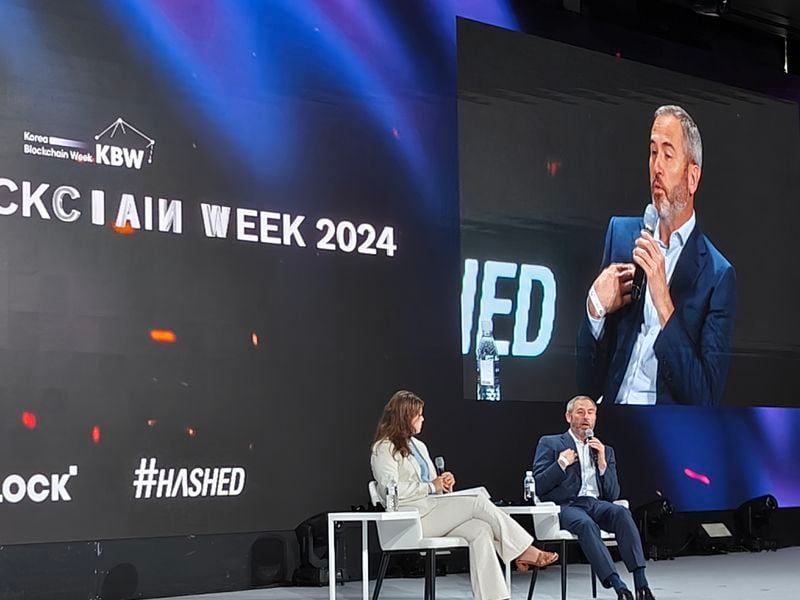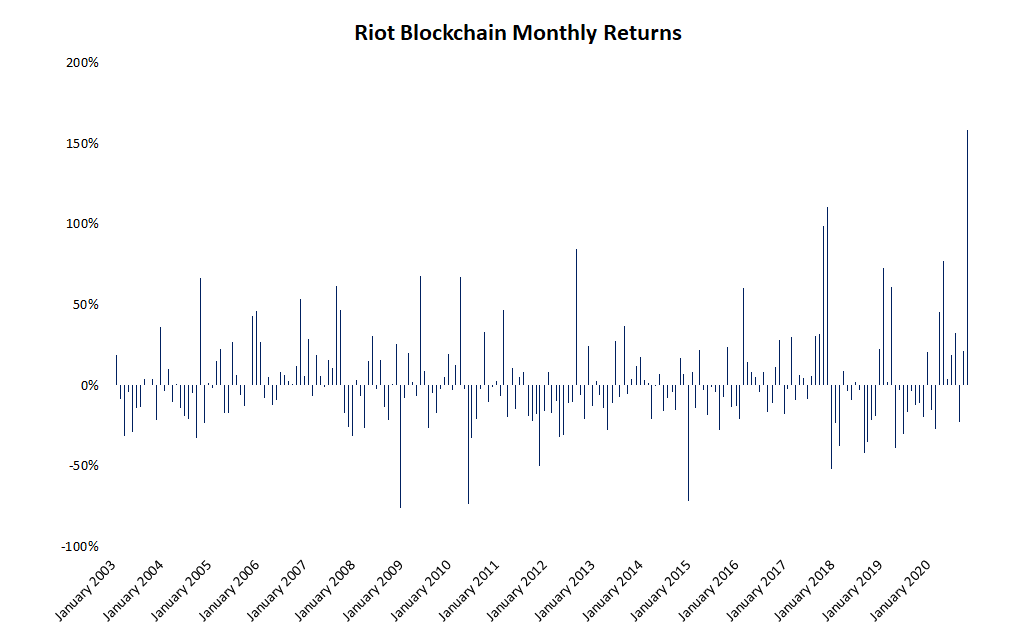BNB Chain Expected to Undergo ‘Luban’ Upgrade in June. Here’s all You Need to Know
Blockchain network BNB Chain is expected to undergo a network upgrade at block height 29,020,050, estimated to arrive on June 11 at 21:30 UTC, developers released on GitHub.
Network improvements typically attract investors and users to blockchain ecosystems as they allow developers to provide even better features. BNB Chain utilizes the bnb token (BNB) for users to pay fees with and vote on network changes – meaning such upgrades could contribute toward the value proposition for bnb in the future.
The Luban hard fork incorporates three different Binance Smart Chain (BSC) Evolution Proposals (BEPs): BEP-126, BEP-174 and BEP-221, which cumulatively aim to make the network faster and more secure for users.
BEP-126 introduces the “Fast Finality” mechanism, which makes it impossible for a block to be reversed once it is finalized on the network. This reduces the possibility of a chain reorganization by bad actors, if that situation ever arises.
Blocks refer to data within the blockchains where transactional data is permanently recorded and secured by cryptography. These are finalized by network entities called validators, and can theoretically be reserved if a majority of those validators collude and decide to revert to a data point in the past.
BEP-174 brings forth a “Cross Chain Relayer Management,” which aims to mitigate any potential security issues in the BSC Bridge. Attacks on bridges were the biggest security threat in the crypto sector in 2022 – making this a critical area to deploy solutions.
Relayers are on-chain messengers who help transfer tokens between different blockchains via bridges, playing an important role in ensuring that such transactions are completed smoothly. These relayers are typically whitelisted entities that currently need to be manually added in a complex process.
However, BEP-174 will introduce “managers” for relayers that are selected by on-chain governance. These managers would be responsible for managing the registration of individual relayers in a way that makes it easy to remove or add any relayer during a potential time of crisis.
Lastly, BEP-221 brings forth the “CometBFT Light Block Validation,” a system that proposes adding a new contract to blockchains that use CometBFT technology.
This contract helps verify specific blocks from other CometBFT-compatible blockchains and enables the transfer of data between those blockchains, such as the storage-focused BNB Greenfield, and the BNB Chain.
Edited by Oliver Knight.









